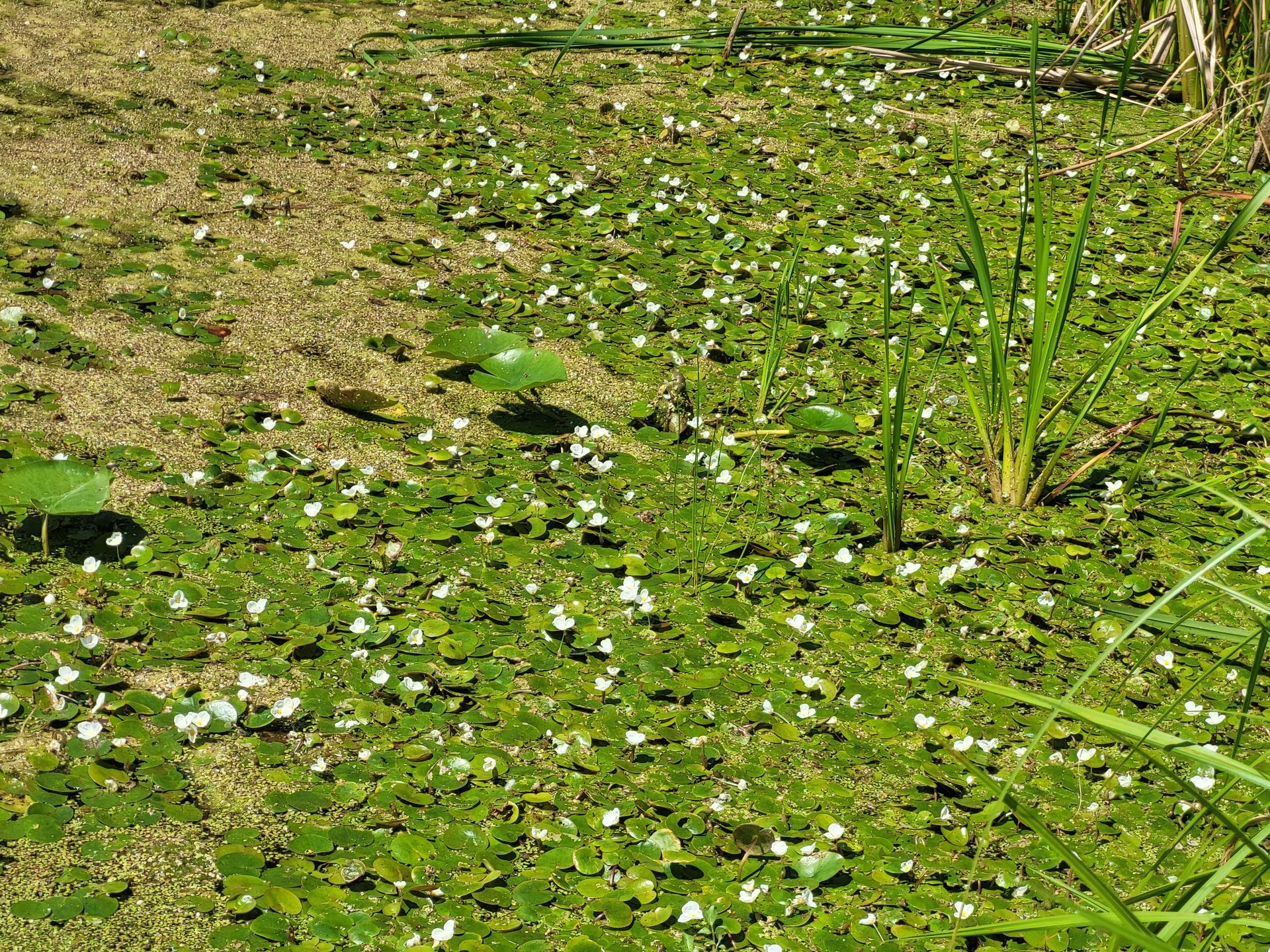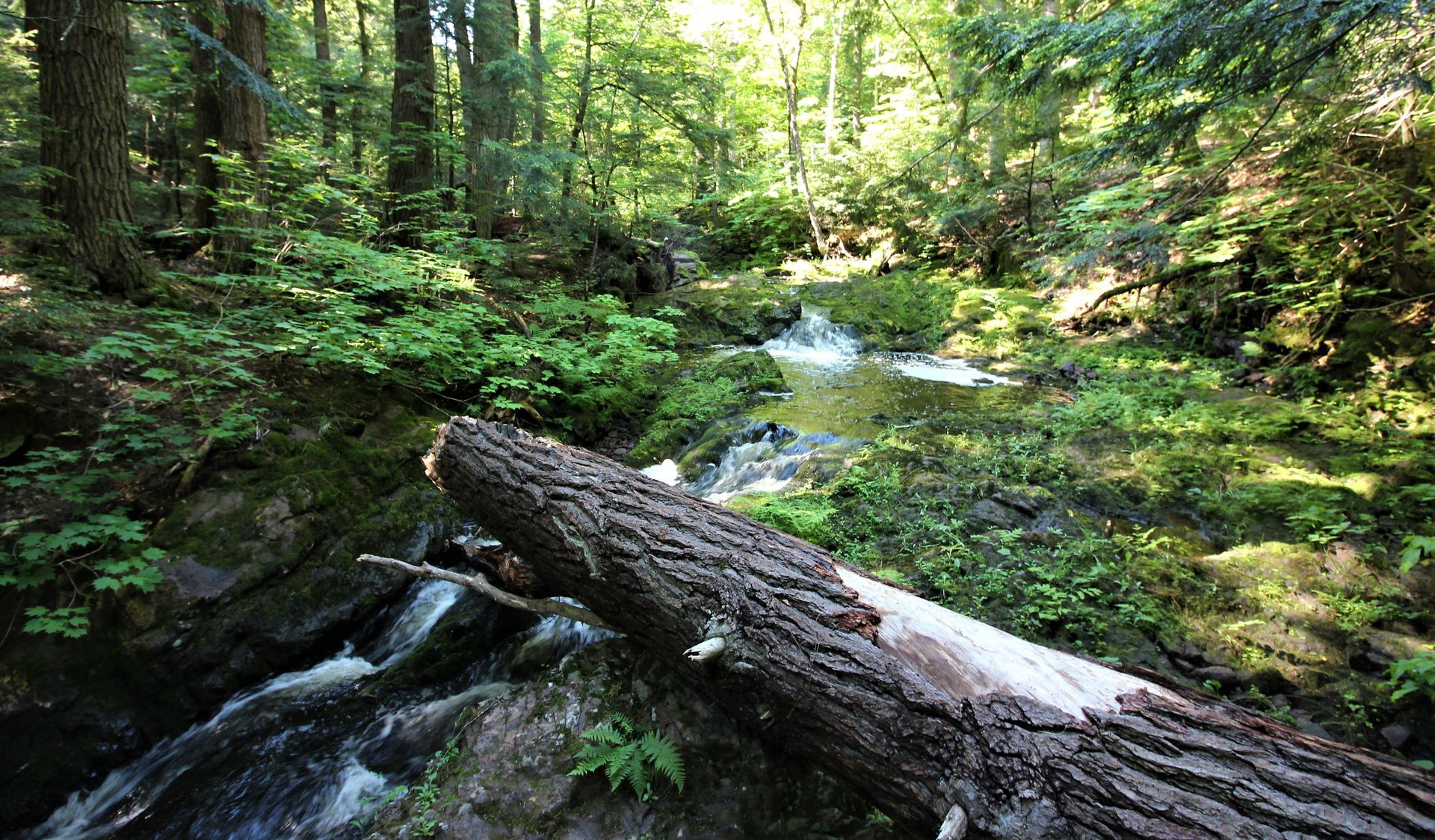Lake Sturgeon Update
On Tuesday, April 23, the Fish and Wildlife Service (FWS) published a notice of their findings for Lake Sturgeon populations.
The FWS conducted this finding to determine whether or not the lake sturgeon should be listed under the Endangered Species Act (ESA).
The FWS is required under the ESA to review any petitions that contain substantial scientific or commercial information and must make a finding within 12 months to determine whether or not the petition is warranted.
MUCC had deep concerns about a potential blanket listing, and as of 2020, the Michigan Department of Natural Resources had said that Michigan’s populations did not warrant a listing. MUCC had begun working with national partners on how to address a blanket listing of lake sturgeon.
When determining whether the lake sturgeon should be identified as a threatened or endangered species, the FWS considered multiple stressors including dams, barriers, and climate change. It was concluded that stressors like dams and barriers fragment breeding and spawning habitats and therefore pose the largest threat to the lake sturgeon. Warming waters were also identified as a threat to the species.
The study affirmed that captive-reared fish stocking has been the primary means of conservation and that these efforts have been successful in increasing the resiliency of the species.
Historically, commercial harvest has decimated lake sturgeon populations. The FWS has stated that while populations are much lower than they have been historically, the species still holds a moderate to high level of representation.
After careful consideration of major stressors, representation, and genetic variation, the FWS concluded that the lake sturgeon holds adequate representation, resiliency, and ability to adapt to environmental changes.
With this reasoning, the FWS has stated that the lake sturgeon is not in danger of extinction.
After concluding the species’ present status, the FWS moved to determine the likelihood that the lake sturgeon will become endangered in the foreseeable future. This future analysis considered criteria similar to the present analysis but took a closer look at the impacts of fish stocking.
The FWS reasoned that while dams have major negative impacts on the species, the number of dams is not expected to increase in the near future. Stocking efforts, however, are expected to continue until population management objectives are met.
It is the understanding of the FWS that continual statewide and tribal conservation efforts will continue to push positively trending populations in the right direction. Though climate change is a looming threat, the FWS reasons that the species has adequate adaptability and resiliency to overcome environmental threats like warming waters.
The FWS concluded that the lake sturgeon is not in danger of extinction or likely to become in danger of extinction within the foreseeable future throughout its range.
More detailed information, including a lake sturgeon Species Status Assessment, can be found here under the docket number FWS-R3-ES-2024-0022.
To ensure our natural resources remain protected and managed thoughtfully in perpetuity, join Michigan United Conservation Clubs today: http://bit.ly/JoinMUCC .
The post Lake Sturgeon Update appeared first on Michigan United Conservation Clubs.
Recent Posts



